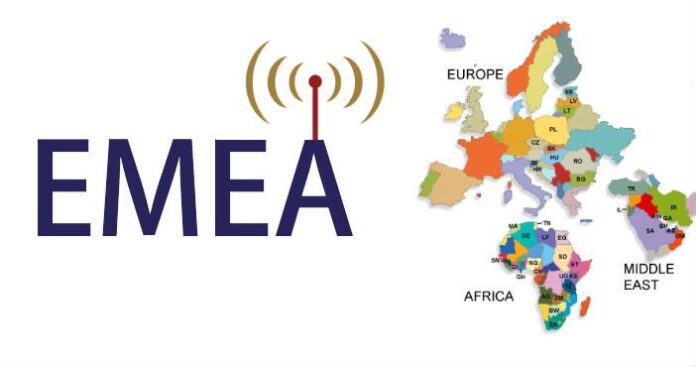Claudia Bacco, Managing Director – EMEA, has spent her entire career in telecom, IT and Security. Having experience at an operator, software and hardware vendors and as a well-known industry analyst, she has many opinions on the market. She’ll be sharing those opinions along with ongoing trend analysis for RCR Wireless through daily contributions going forward.
The definition of the Internet of Things (IoT) seems to be another one of those terms that constantly changes. Is it machine-to-machine (M2M), as it seemed to be when this term first came into vogue, or is it really the Internet of everything? I think the answer is it’s what you make of it.
Let’s look at connected cars for example. There are many M2M vendors that talk about connected cars being enabled through sensors, chips, electronics, etc. that fall into this category. But isn’t a car a ‘thing’ too? This is what I mean by it’s what you make of it.
I would describe M2M as a subset of the IoT and just one of many ways that the ‘machines’ included in this scenario can communicate with each other, but not the only way. Just to reinforce the concept that IoT is one of those evolving terms used by different organizations in different ways, I looked for some other points of reference. And to see if my view is on target.
In May 2013 the Telefonica M2M team published this distinction on their webpages and it is still presented in this way — “Simply put, Machine-to-Machine is where “Machines” use network resources to communicate with remote application infrastructure for the purposes of monitoring and control, either of the “machine” itself, or the surrounding environment. The potential interconnection of smart objects and the way we interact with the environment is what The Internet of Things is envisioned to be, where the physical world will merge with the digital world.”
In January 2014 Axeda posted on its website an answer to the same question. “M2M is the communication between a machine or device and a remote computer. M2M is about connecting a device to the cloud, managing that device, and collecting machine and sensor data. In essence, M2M is about connecting and communicating with a “thing” where a thing can be a machine, device or sensor. … Basically anything that can send data. IoT goes beyond M2M … beyond computers connecting to things. IoT represents things connecting with systems, people and other things.” So I guess people are ‘things’ too in this definition.
ABI Research takes this one step further in a report just released in May of this year titled “Internet of Things vs. Internet of Everything. What’s the Difference?” The report talks about the start of M2M as the first generation of IoT only at a point-to-point level. Today’s IoT is defined as multipoint and includes the intersection of physical products linked with digital applications. It goes on to talk about the Internet of Digital incorporating smart devices and the Internet of Humans incorporating wearables. So I guess ‘everything’ really means everything including humans. Although I think they missed all of the wearables going into the pet tracking market as a category. So maybe it should be the Internet of Humans and Animals.
All kidding aside, the opportunities for innovation and changes to business models and lifestyle through the ability for everything to communicate with everything else is immense. ABI Research’s projections reflect the size of this opportunity:
By 2018: M2M connections — 2.7 billion
By 2019: Smartphones — 2.2 billion and Wearables — 7.8 billion
By 2020: Connected Homes — 6.8 billion, Connected Devices — 6.3 billion and Connected Vehicles/Transport — 5.1 billion
Pretty impressive figures and I can’t wait to see all the new technology develop.

EMEA: The Internet of everything?
ABOUT AUTHOR
